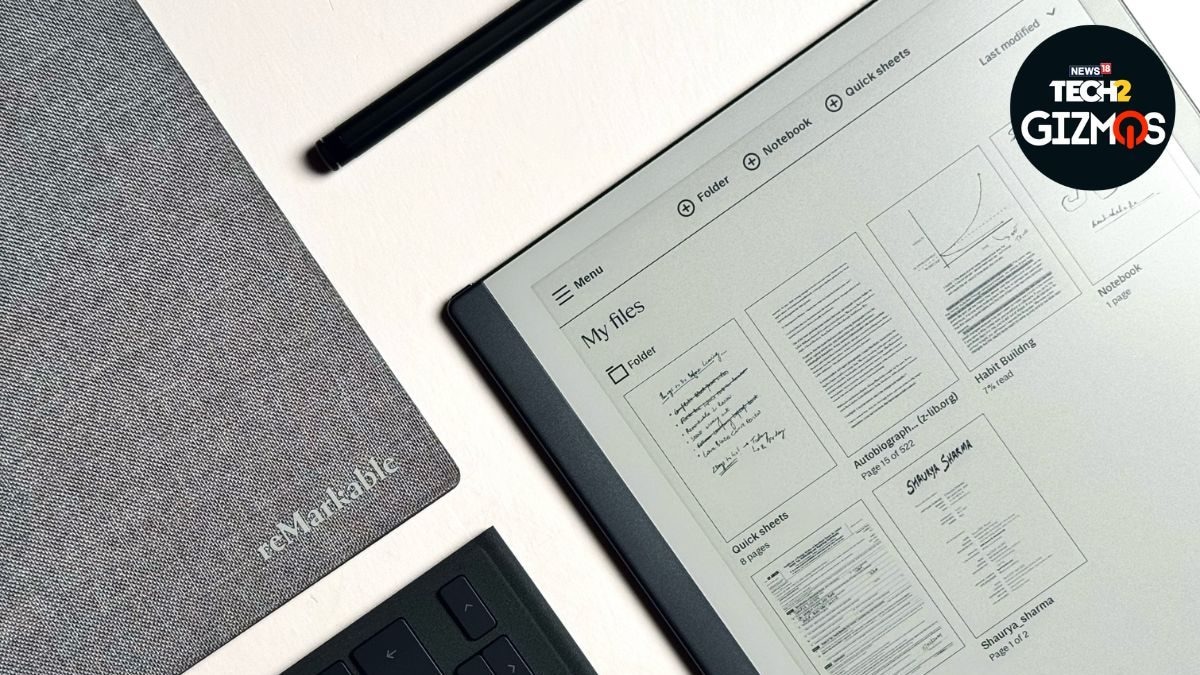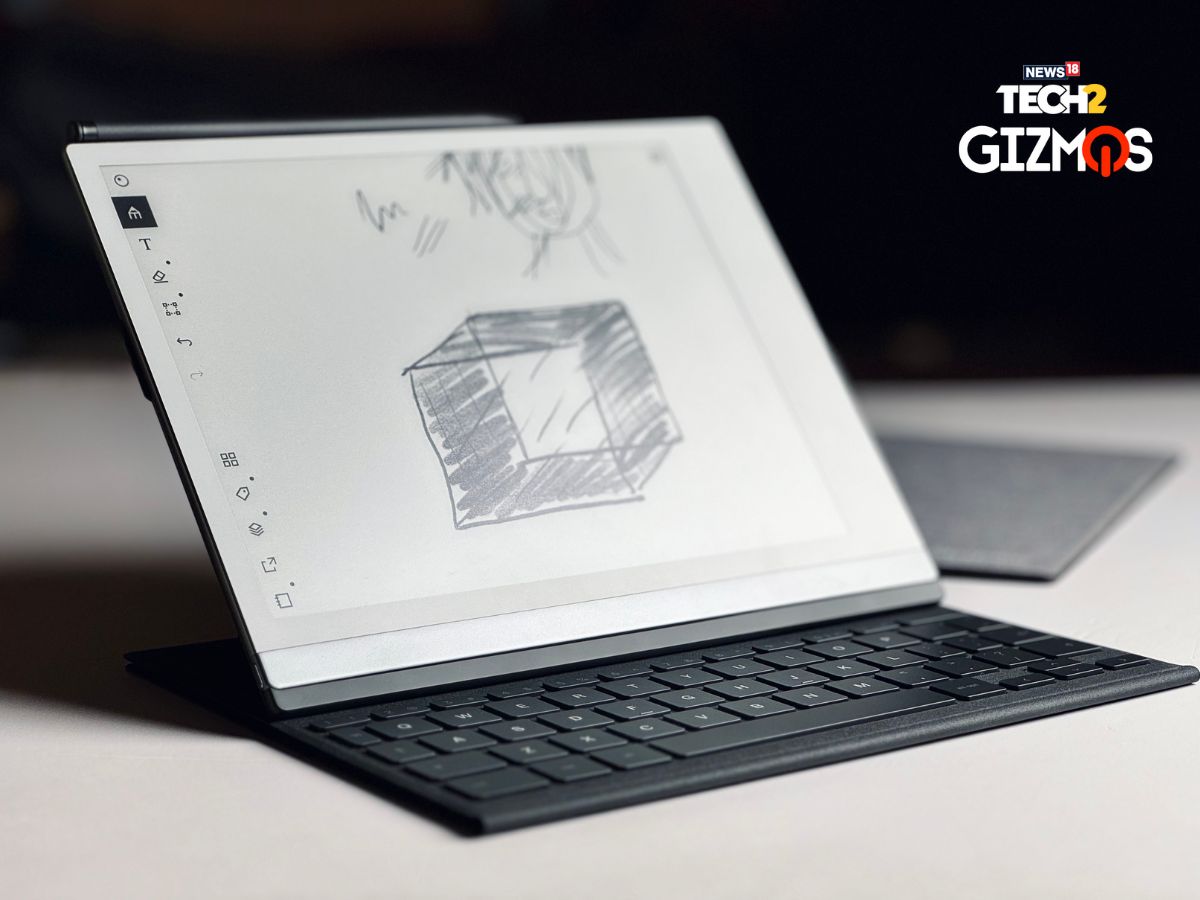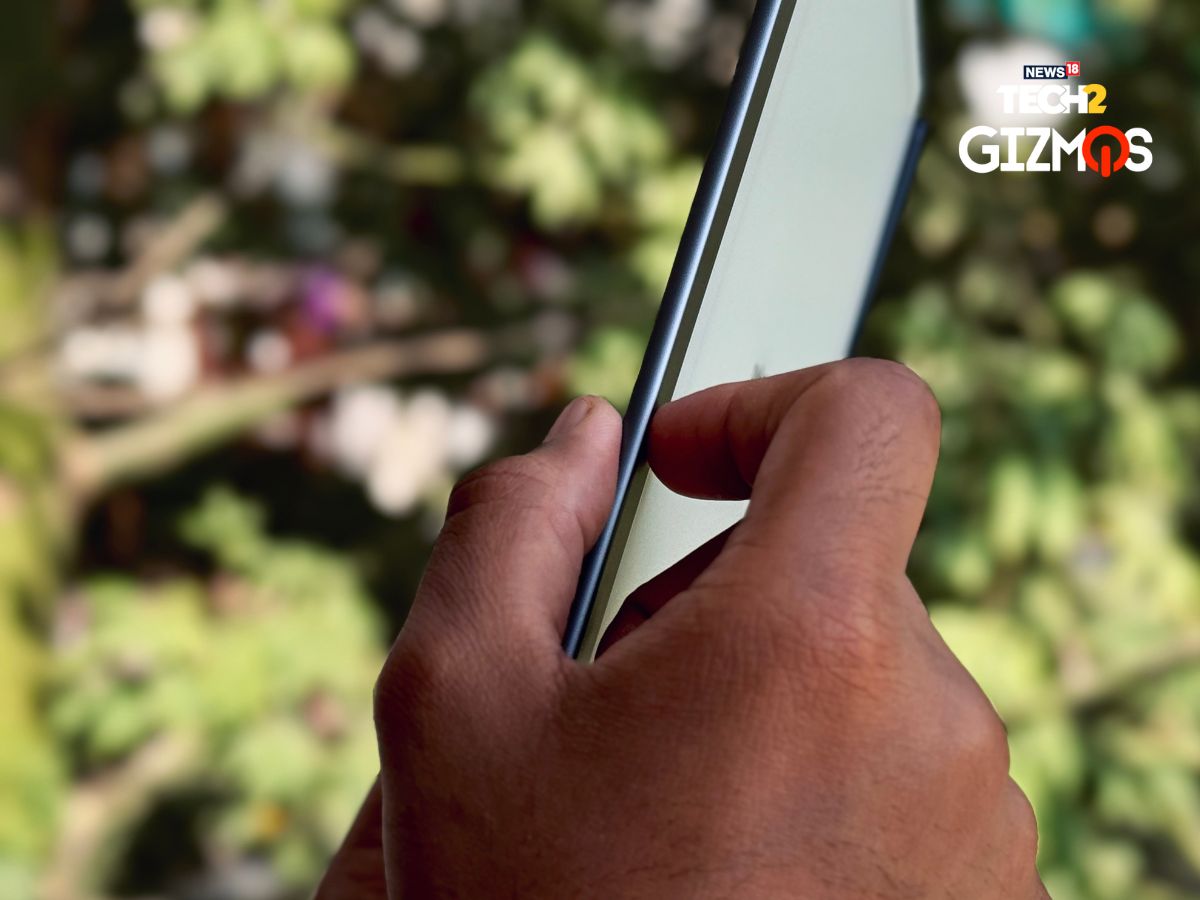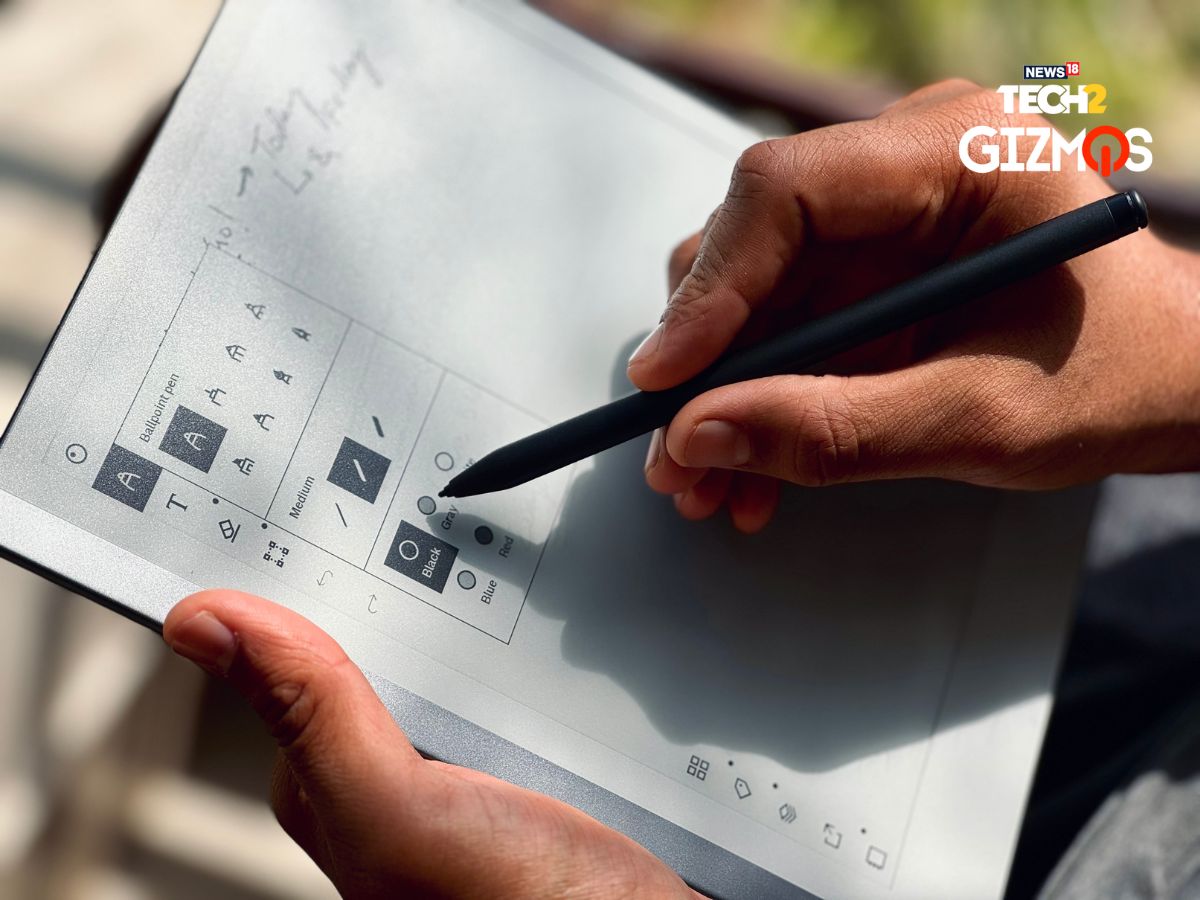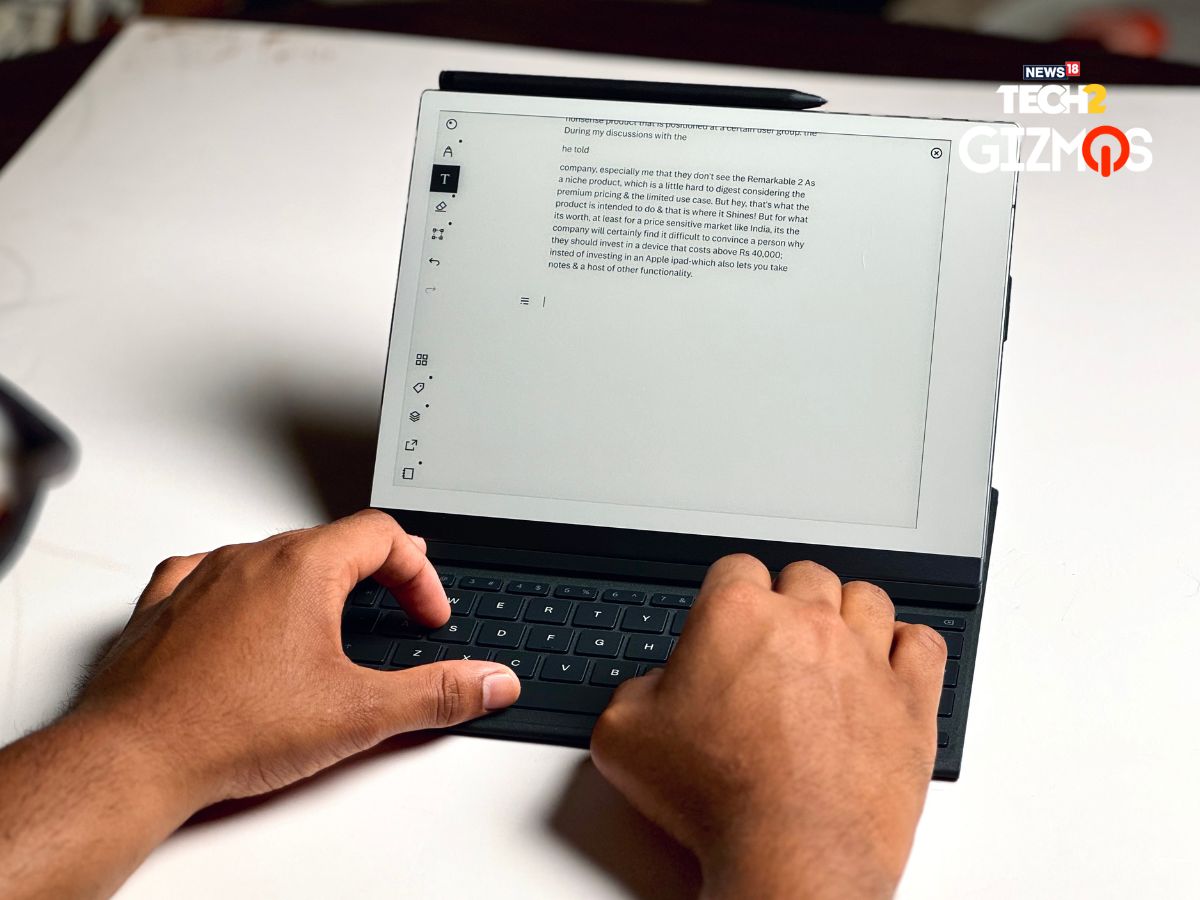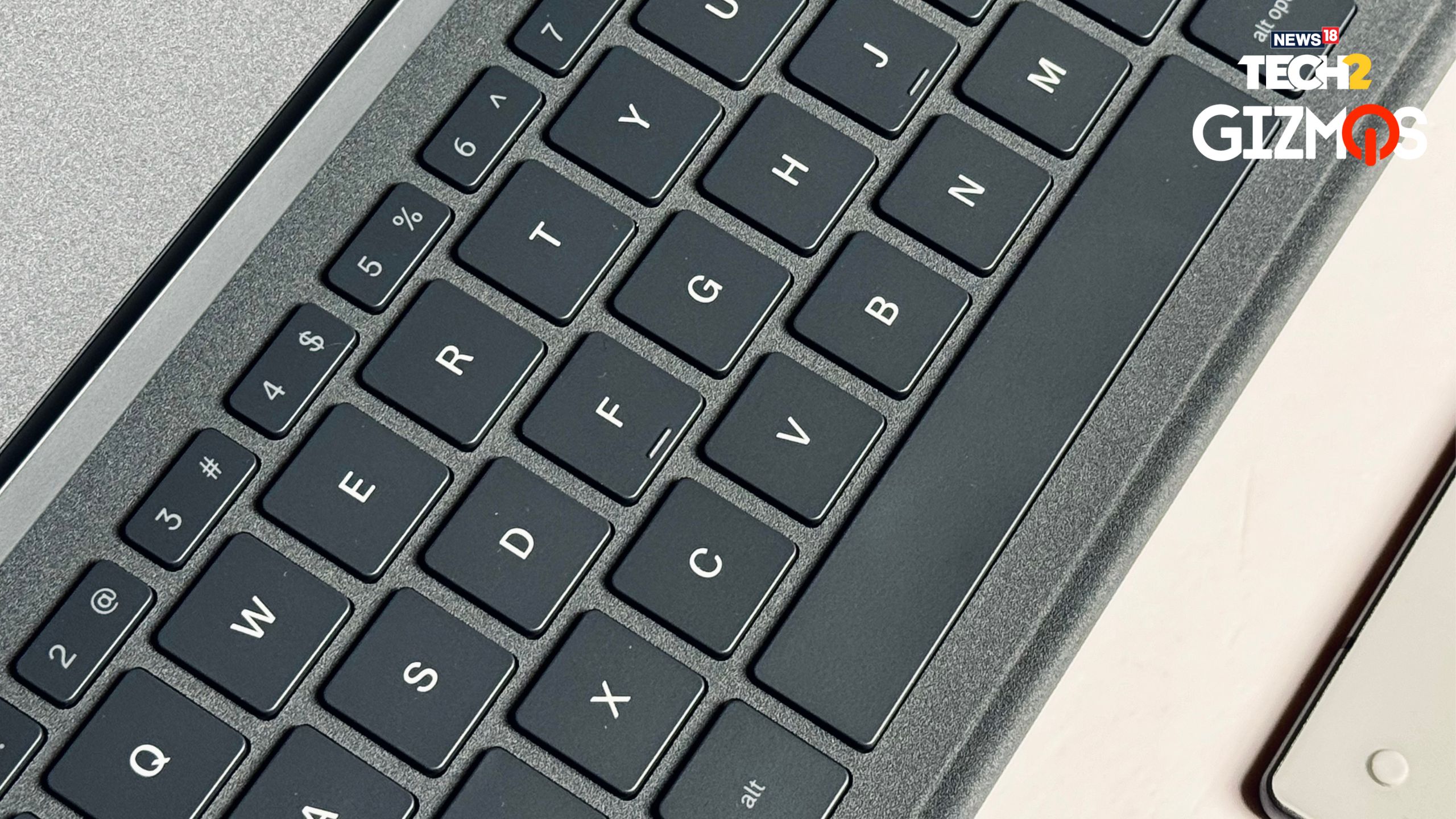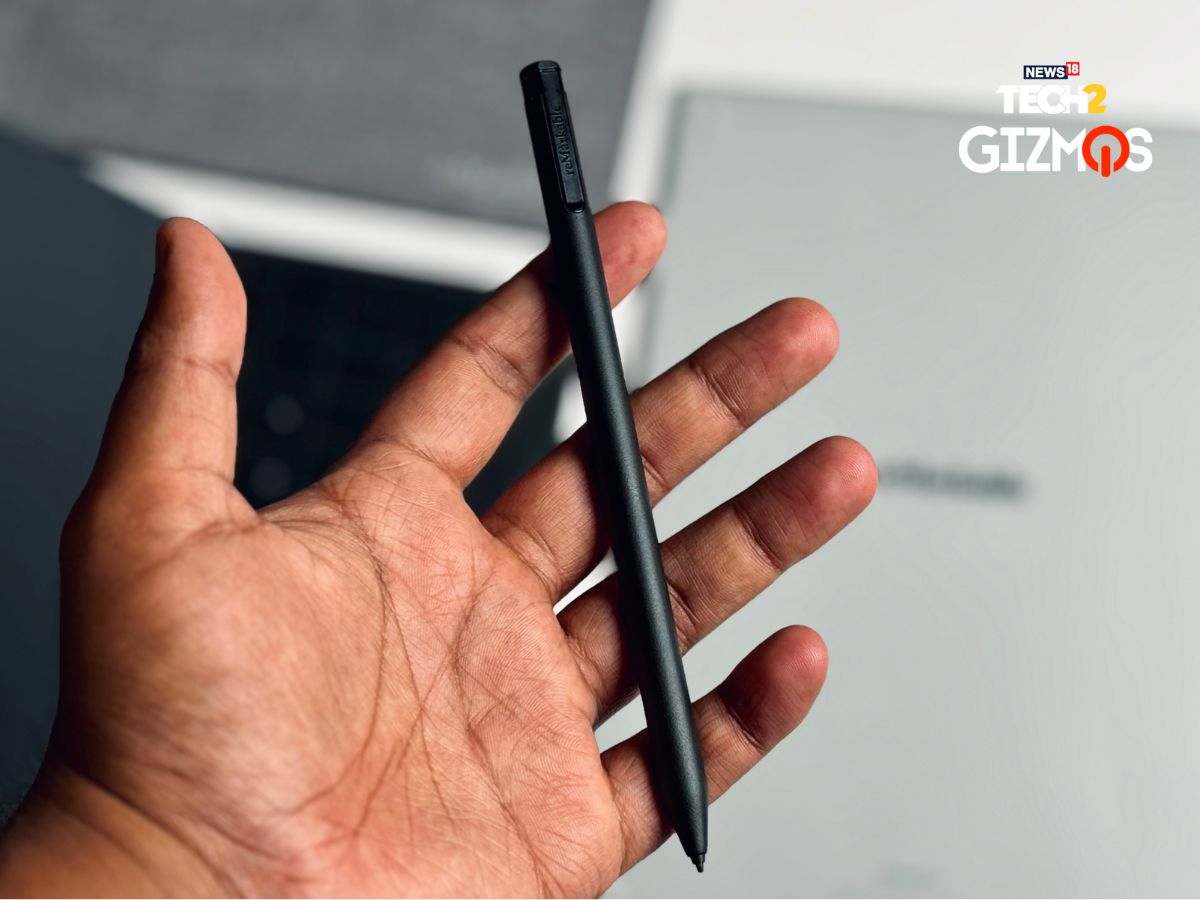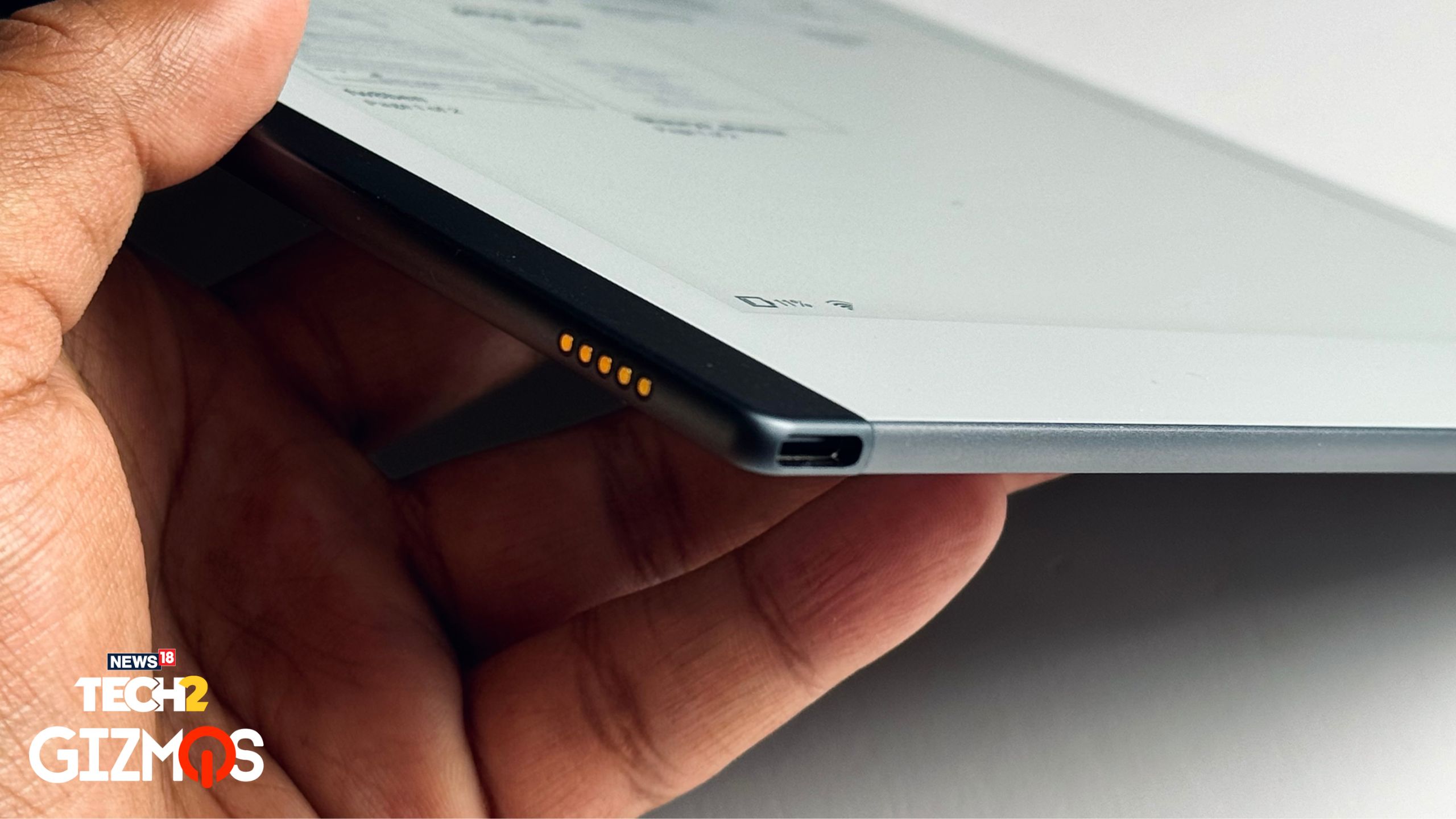When it comes to capturing thoughts, you’re presented with two choices: the classic pen-and-paper approach or the digital route using gadgets like the iPad with the Apple Pencil. Yet, each method has its limitations. Traditional pen and paper suffer from the inconvenience of managing multiple notebooks, while the iPad, in my experience, lacks a natural feel. But what if there existed a device seamlessly blending the strengths of both—offering a distraction-free alternative?
After a month of extensive use, accompanied by its various accessories, I’m ready to share my insights. In this review, I’ll outline the tablet’s target audience, use cases, and its integration into my daily workflow.
As a tech journalist, my writing is a daily affair, primarily on my MacBook. But often, when I’m writing reviews like this one, I’ve found myself longing to write using pen and paper. Attempts with the iPad Air and Apple Pencil 2 proved less than satisfactory, mainly due to the lack of natural feel and inaccurate conversion of handwritten notes to text.
The Remarkable 2, however, provided a transformative experience. Writing on it felt not only natural but also brought forth the sensory aspects, from the sound to the screen’s texture. The convenience of effortlessly having handwritten notes on my computer is also an invaluable feature. I found Remarkable 2’s ability to convert my handwritten notes to text surprisingly accurate.
It barely misses, and that is what makes the experience priceless to me. In fact, this review was handwritten on the Remarkable 2 itself and later converted to text using the in-built feature. Later, you can easily copy the text from the Remarkable app on mobile or desktop. It just works.
Before Diving Further, Let Us Understand What Sets the Remarkable 2 Apart
Have you seen Kindle e-readers with their paper-like e-ink displays? Well, Remarkable 2 does feature the same tech, but in a vastly different form factor; not only is the Remarkable 2 way thinner, but it is also slightly larger than your Kindles.
Remarkable, the company, is based out of Norway, and it calls the Remarkable 2 a “paper tablet.” The tablet features the company’s second-generation Canvas display, and that’s what allows for the paper-like texture and the fast writing experience. That said, like the Kindle, the Remarkable 2 can be also used for reading and has the ability to accept PDF files and more, but its real ability lies in being a thinker’s device—something you can take anywhere and start jotting down what’s on your mind or someone else’s.
Design, Build, and the Brains
Coming to the form factor, well, it is similar to your everyday ruled notebook that you would find in a college student’s bag. The overall build is simply put, excellent. It feels solidly built and made to last. This is applicable for accessories as well. The fun part is—despite being the “world’s thinnest tablet,” at 4.7mm thick, the device doesn’t compromise on the battery life.
In my usage, I’ve only had to charge the tablet twice in almost a month—once upon unboxing it, and later, after a few weeks. Now I’m sitting at around 8%, needing a charge. That means, on a single charge, the 3,000 mAh battery can last for almost two weeks.
As for specs, well, they shouldn’t really matter for a device such as the Remarkable 2, but nonetheless, it is powered by a 1.2 GHz Dual-Core ARM-based SoC, comes with 1GB LPDDR3 RAM, and 8GB internal storage. The display itself is a 10.3-inch e-ink monochrome panel with 226PPI.
Now, you’d think, is 8GB storage in 2024 enough? The simple answer is yes. To store your virtual notebooks and quick sheets, there is barely any space that you need. Even if you import PDFs and EPUBs, it is highly unlikely that you will fill up the Remarkable 2. I raised this with the company’s management, and they voiced the same sentiment.
Remarkable 2, Distractions, and You
The downside of using laptops, Android tablets, or iPads for research and note-taking lies in constant distractions—browsing, games, and video streaming. The Remarkable 2 eliminates these distractions, providing an environment solely for your thoughts.
During the India launch event, the company described the Remarkable 2 as a product designed for deep thinkers—knowledge workers and those who make a living through thinking. This resonates with my experience; the tablet enables me to complete tasks more efficiently, thanks to its distraction-free nature. Coupled with digital conveniences, it becomes a no-nonsense product that is positioned at a certain user group. However, doesn’t that make it a niche product?
I asked the same during my discussions with the company at the launch event in New Delhi; Mats Herding, Chief Design Officer at Remarkable, told me that they don’t see the Remarkable 2 as a niche product. This stance, considering the premium pricing and limited use case, might be challenging to accept.
Nevertheless, for the intended purpose, the product excels. However, in a price-sensitive market like India, convincing buyers to invest in a device exceeding Rs 40,000 over an Apple iPad with a similar form factor and additional functionalities poses a challenge. So, the question remains:
Why Buy the Remarkable 2?
Simply put, it is a device that takes you back to the basics—a ‘dumb’ device, if you will. But it does this extremely well. Not only can you focus on your thought process, without the frills of the internet, social media notifications bothering you. I recall taking it to a coffee shop without my laptop or iPad, and that’s when it truly facilitated deep work. Activate the “Do Not Disturb” mode on your phone, and you’re good to go.
Additionally, I’ve been using the Type Folio keyboard accessory, priced at Rs 19,499. It enables typing on a full-sized keyboard, providing a delightful experience with its MacBook-like key travel and user-friendly design. Attaching it is a breeze, and once connected, you can simply forget about it.
The Remarkable 2, as a standalone device, costs Rs 43,999, inclusive of the tablet and the Marker Plus. Alternatively, a combo pack, featuring the tablet, Marker Plus, and the Book Folio in gray polymer weave finish, is priced at Rs 53,799. While the cost may seem premium, few devices efficiently perform the tasks handled by the Remarkable 2, making it a justifiable investment for the target demographic.
How It Works
To use the Remarkable 2, you don’t have to do much. Once you power on the tablet, you have two options to get started: create a Notebook or create a Quick Sheet. There are various templates you can choose from, which mimic real-world notebooks—lined, ruled, blank, checklist, dots, grid—you name it, and the tablet likely has it. This is essential for people who will use the Remarkable 2 as their main note-taking tool. The device’s software is also as minimalistic as it gets. However, you do get the ability to filter by file types, set favorites, add tags, and more.
There are no web browsers or apps to distract you. Because that is not what this is made for. All you can do is—take high-quality notes that you can simultaneously sync, see on other displays—opening up a slew of use cases.
Coming to writing itself, the experience, as you would expect, is seamless and just brilliant. There’s hardly any latency you feel while writing, and the strokes are quite precise. I thoroughly had fun scribbling away, making doodles, and of course, jotting down notes for various stories I was working on.
What Could Have Been Better?
A minor gripe revolves around the Marker Plus tip’s wear and tear. Once the supplied tips (9 extra tips included with the Marker Plus) are exhausted, it is expensive to buy a new set of tips. Currently, on Amazon, where Remarkable officially sells the tablet, I can only see imported (non-official) tips being sold for as much as Rs 5,000, and that isn’t cheap by any means whatsoever. So, this is a thing one must keep in mind while investing in the product.
Another gripe I have with the product is its subscription model. While Remarkable Connect is provided free for a year upon purchase, costing Rs 299 per month thereafter, it appears a pricey proposition for long-term use. To access sync and unlimited cloud storage—considered major selling points—subscription to Remarkable Connect becomes essential. The service could potentially be more budget-friendly, especially in a market like India, where even leading streaming platforms have adjusted their pricing.
Another aspect of the product that may or may not trouble some users is the absence of a backlight. However, if you examine the company’s marketing copy, it promotes this as a feature. The rationale behind this choice is to make the tablet more akin to paper, which lacks a backlight. If paper doesn’t have a backlight, why should a tablet mimicking it have one as well, right? Well, for some, this can be a deal-breaker because it is practically impossible to use it without ambient light. So, if you tend to write in dim environments (which you may not be doing), this device isn’t for you.
Verdict – If You Can Extract Value, Go for It
I won’t say that the Remarkable 2 is an absolute necessity in your life. However, if you derive satisfaction from handwritten notes, crave the feel of pen and paper without the associated limitations, and value a distraction-free environment, then this device is worth considering. The price might be a point of contention for some, questioning the investment in a device with a singular focus.
While some may question the rationale behind investing in a device that specialises in a single function, especially when it comes with a price tag similar to that of an iPad, those who prioritise deep thinking and value concentration over multi-functionality might find this device to be an indispensable tool. I recommend individuals who engage in deep thinking, executives, researchers, and even certain students to explore this option and check if it fits into their daily routines.
Remember, the Remarkable 2 won’t replace existing devices like laptops or other tablets; its purpose lies in replacing your pen and notebook. So, reflect on whether achieving a distraction-free experience on a “smart” device is challenging for you, and if so, think whether the Rs 43,990 investment is justified.

